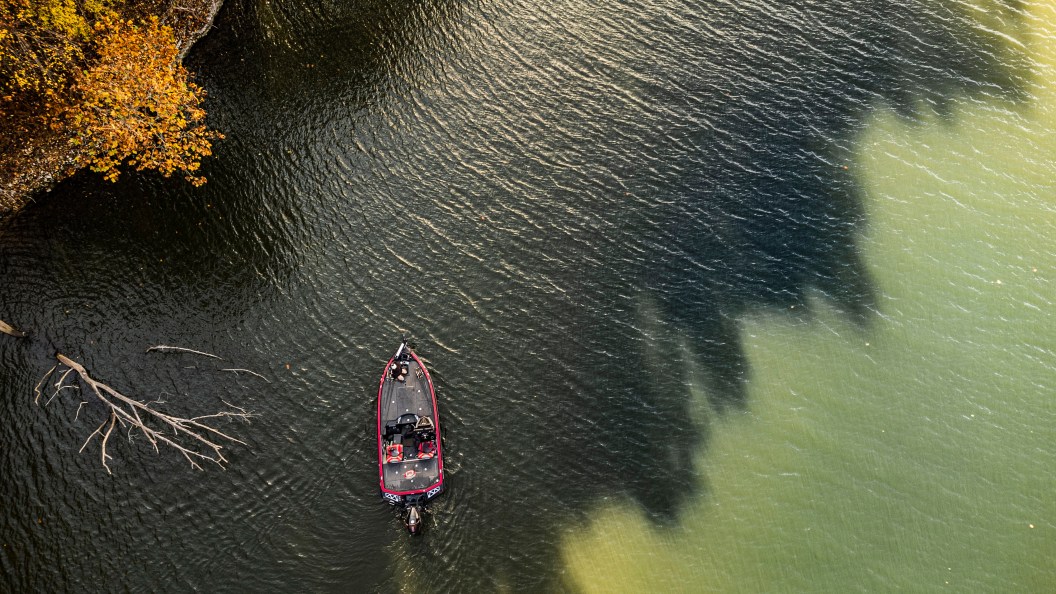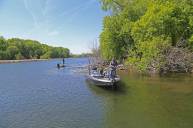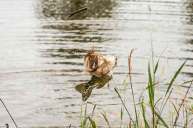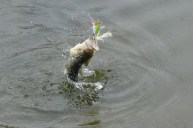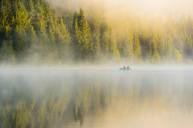Some fishermen are just lucky, but the most consistently-successful anglers build on the lessons they learn while fishing. They pay attention to weather conditions, optimize gear, and record information. All of this data comes together to help them be more successful on future fishing trips.
There is nothing wrong with being a casual fisherman who takes to the water with no expectations other than to drown a few minnows and down a few beverages. But if putting up consistent numbers is the goal, a little thought can go a long way.
Being an efficient fisherman is all about being a thorough researcher and tactful practitioner. That involves recording locations that have proven to be sweet spots. Here are some tips on how to record, remember, and hide your best fishing spots.
1. Keep a Fishing Log on Your Phone
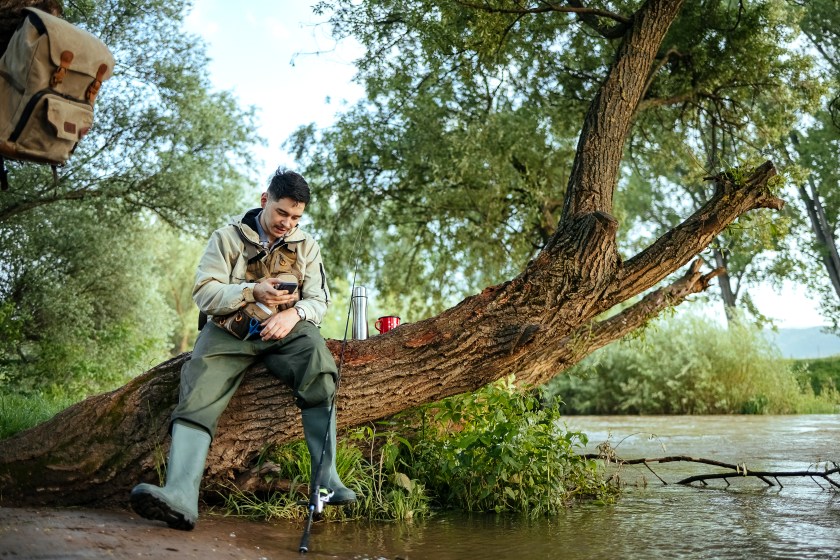
Getty Images, eclipse_images
Detail-oriented anglers that want to remember every aspect of their catches often log those catches. Keeping a daily fishing log on your phone is beneficial on many levels. It provides historical data while also helping you predict future patterns. Important things to document in your fishing log include location, temperature, water temperature, barometric pressure, wind, the number of fish caught, and the fly, bait, or lure you used. Once you build up a roster of good information, figuring out the when and where of fishing will be simple.
Here is an example log:
- Saturday, April 7: Norfork Lake, 76 degrees, 62-degree water temperature, 30.02 inches of mercury, SW wind at 8 mph, 11 basses caught mostly with Woolly Bugger
- Day Impression: Great
- Sunday, July 28: Wappapello Lake, 94 degrees, 81-degree water temperature, 31.04 inches of mercury, SE wind at 3 mph, 1 bass caught with a chicken nugget
- Day Impression: Poor
Apps such as FishAngler allow users to easily log catches, record important details, and also add photos. In FishAngler, users can add the date and time of the catch and the exact spot on a GPS map where it was caught as well. Below the map, there are options to select the species name, the name of the body of water it was caught in, what was used to catch it and whether the fish is a personal trophy or not.
Keeping this data will help you predict future fish bites and recognize what factors make fish bite in given fishing areas.
2. Utilize a Digital Mapping App
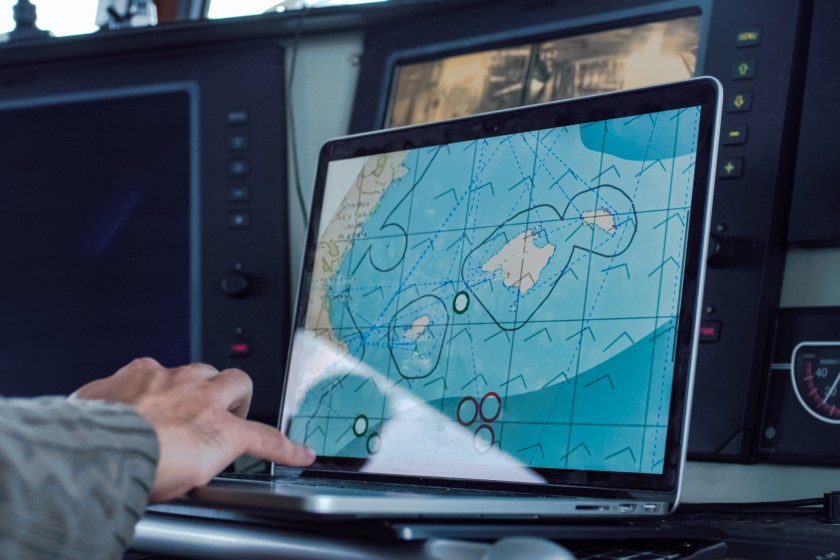
Getty Images, gorodenkoff
Digital mapping is almost exclusively used in hunting today and has become a game changer in that world, but it could also be beneficial for fishing. Whether anglers are marking spots, recording a catch, or studying a body of water from the recliner, it makes sense that digital mapping can only help a fisherman in their efforts.
Try out smartphone apps like onX or Fishbrain to start utilizing mapping features.
3. Be Careful About Sharing Your Spots
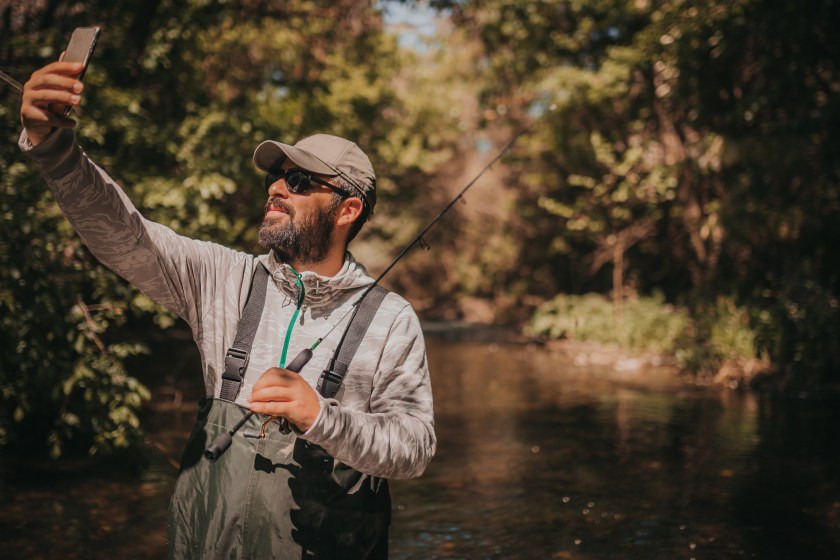
Getty Images, Nikola Stojadinovic
How many times have you told the guy at the boat landing about your killer day on the lake, only to come back next weekend to see five or six boats fishing your favorite cove? It's happened to all of us, and it's probably safe to say that we all know who we can and can't share our spots with.
It doesn't take a long time for your favorite spots to become heavily pressured, so be careful who you share with. That goes for geo-tagging your location on social media, too.
Nobody wants to be rude or keep their buddies in the dark, but sometimes you have to for the sake of your most productive fishing areas. Try being less specific when speaking about your spot and spare the important details. I do have some buddies to whom I can tell any secret and it'll never leave their mouths, but I can't say the same for others. Nobody likes a secret, but everybody likes a secret spot.
4. Leave No Trace
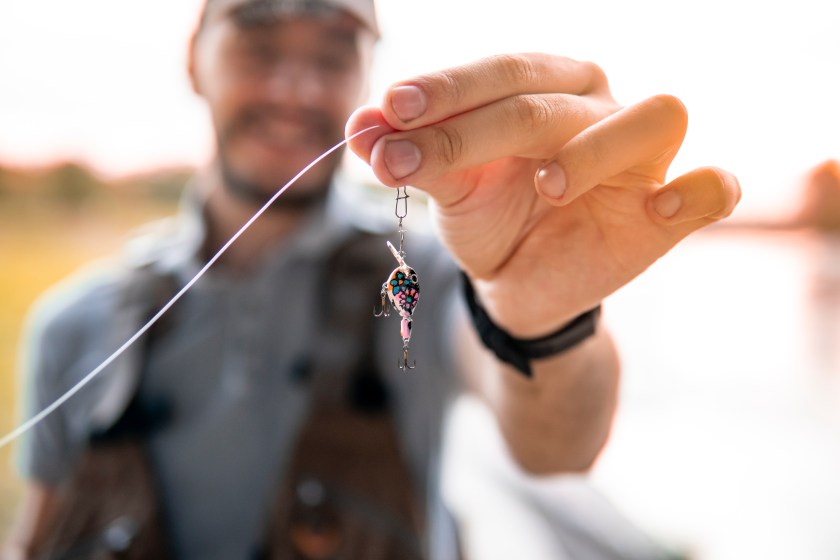
Getty Images, Nikola Milosevic
Another way to keep your best spots on the down low is to leave no trace of being there. Leave behind no bait or trash (you should never leave trash anyway). If possible, avoid fishing at the most popular times to avoid being seen by other fishermen (unless the bite is hot, obviously).
When taking photos of your catch, be aware of identifying landmarks in your photos. Avoid taking a picture of an 8-pound bass in front of the only tree in the middle of the lake. It'll get found quickly.
